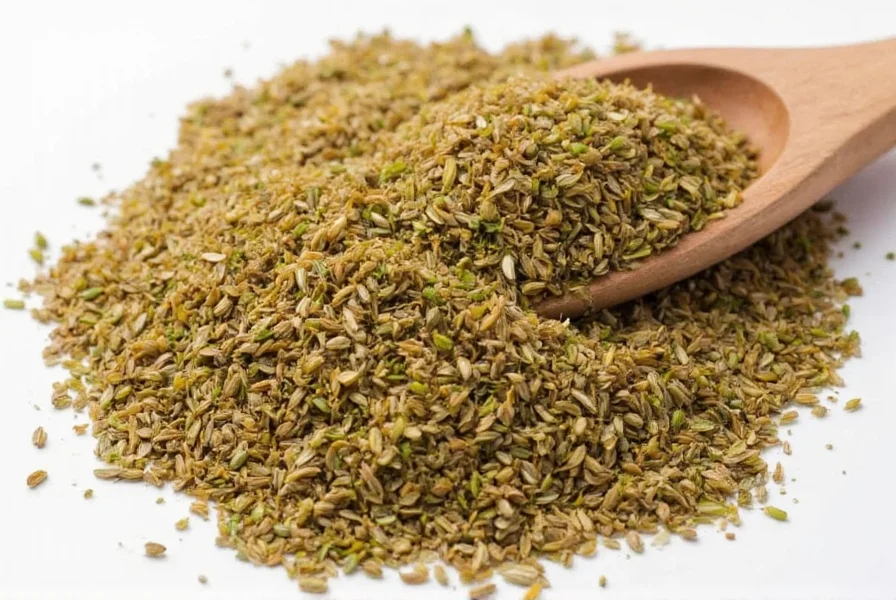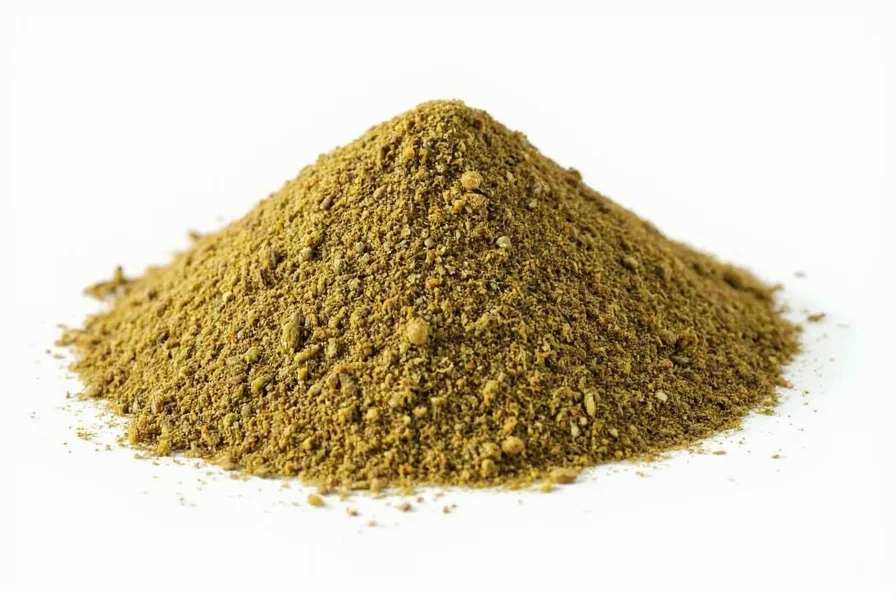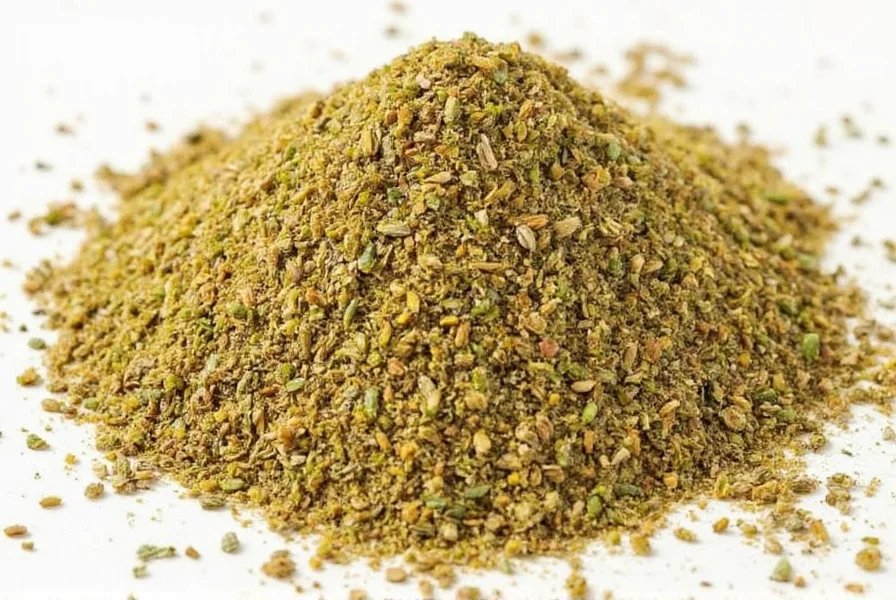When you search for what is coriander spice, you're likely encountering confusion between the herb (cilantro) and the spice (seeds) from the same plant. This common culinary misunderstanding deserves clarification with precise botanical and culinary distinctions.
Understanding Coriander: From Plant to Pantry
Coriander (Coriandrum sativum) belongs to the Apiaceae family, which includes parsley, carrots, and cumin. What many don't realize is that this single plant produces two completely different ingredients:
| Coriander Component | Common Name | Flavor Profile | Primary Culinary Use |
|---|---|---|---|
| Leaves and Stems | Cilantro (US) / Coriander leaves (UK) | Fresh, citrusy, sometimes soapy (genetic perception) | Garnish, salsas, chutneys, fresh applications |
| Dried Seeds | Coriander seeds/spice (global) | Warm, nutty, citrusy, slightly sweet | Spice blends, baking, pickling, stews, roasted applications |
Botanical Background and Historical Significance
Native to regions spanning Southern Europe, North Africa, and Southwest Asia, coriander has been used for over 7,000 years. Archaeological evidence shows coriander seeds in the ruins of Tutankhamun's tomb, indicating its importance in ancient Egyptian culture. The name "coriander" derives from the Greek word koris, meaning bedbug, due to the unripe seeds' pungent odor resembling that of the insect.
What many home cooks don't know is that coriander spice benefits extend beyond flavor. The seeds contain linalool, a compound with potential antioxidant properties that contributes to their distinctive aroma. When evaluating what does coriander spice taste like, professional chefs note that properly toasted seeds develop complex notes of lemon, sage, and subtle pepper that can't be replicated with pre-ground versions.
Culinary Applications Across Global Cuisines
Coriander seeds play different roles depending on the culinary tradition:
- Indian cuisine: Essential in garam masala and curry powders, often dry-roasted before grinding
- Middle Eastern cooking: Featured in baharat spice blends and za'atar variations
- Mexican dishes: Combined with cumin in adobo seasoning and mole recipes
- European baking: Traditional in German rye bread and Scandinavian pastries
- Preservation: Key component in pickling spice blends worldwide
Professional chefs emphasize that understanding ground coriander vs whole coriander seeds is crucial for optimal flavor. Whole seeds maintain their potency for 1-2 years when stored properly, while ground coriander loses its volatile oils within 6 months. For the most vibrant flavor in your dishes, toast whole seeds in a dry skillet for 1-2 minutes until fragrant, then grind immediately before use.

Nutritional Profile and Potential Health Considerations
While not a significant source of macronutrients, coriander seeds contain dietary fiber, manganese, iron, and magnesium. One tablespoon (7g) of ground coriander provides approximately:
- 23 calories
- 2.2g dietary fiber (8% of daily value)
- 17% of the daily value for manganese
- 5% of the daily value for iron
Research suggests coriander seeds may have antioxidant and anti-inflammatory properties, though these coriander spice benefits should be considered as part of a balanced diet rather than therapeutic treatment. Those with allergies to related plants (carrots, celery, fennel) should exercise caution when trying coriander for the first time.
Practical Usage Tips for Home Cooks
When exploring how to use coriander seeds in cooking, consider these professional techniques:
- Dry toasting: Heat seeds in a dry skillet over medium heat for 1-2 minutes until fragrant
- Grinding fresh: Use a dedicated spice grinder or mortar and pestle for best results
- Infusing liquids: Add whole seeds to broths, marinades, or pickling solutions
- Balancing flavors: Coriander's citrus notes complement tomatoes, fish, and root vegetables
For those wondering what is coriander spice used for beyond savory applications, it's surprisingly versatile in baking. Scandinavian bakers use it in rye breads and ginger cookies, while Indian chefs incorporate it into certain sweet preparations like spiced milk desserts.

Substitutions and Storage Recommendations
If you're out of coriander and need a replacement, understanding coriander spice substitute options is essential. While no substitute perfectly replicates its unique flavor, these alternatives work in a pinch:
- Cumin (use ⅔ amount - provides earthiness but lacks citrus notes)
- Fennel seeds (use equal amount - similar texture but sweeter, anise-like flavor)
- Caraway seeds (use ½ amount - stronger, more pungent alternative)
For optimal freshness, store whole coriander seeds in an airtight container away from light and heat. Properly stored, they maintain peak flavor for 1-2 years. Ground coriander should be used within 6 months for best results. Freezing whole seeds can extend their shelf life to 3-4 years while preserving maximum flavor compounds.
Frequently Asked Questions
Is coriander spice the same as cilantro?
No, coriander spice and cilantro come from the same plant but are different components. Coriander spice refers specifically to the dried seeds, while cilantro refers to the fresh leaves and stems. The seeds have a warm, citrusy, slightly sweet flavor profile, while the leaves have a fresh, bright, sometimes soapy taste (depending on genetic perception). This distinction explains why many people search for the difference between coriander and cilantro when exploring global cuisines.
Can I substitute coriander seeds for ground coriander in recipes?
Yes, but with important considerations. One tablespoon of whole coriander seeds equals approximately 1.5 teaspoons of ground coriander. For best results when making this substitution, toast the whole seeds first to release their oils, then grind them immediately before use. This approach preserves more flavor compounds than pre-ground coriander, which loses potency quickly. Understanding this conversion is essential when exploring how to use coriander seeds in cooking as a fresh alternative to pre-ground versions.
What does coriander spice taste like compared to other spices?
Coriander spice has a distinctive warm, citrusy flavor with subtle notes of lemon, sage, and sweet floral undertones. When toasted, it develops nutty characteristics that distinguish it from similar spices. Unlike cumin (which is earthier and more pungent) or caraway (which has pronounced anise notes), coriander offers a brighter, more complex profile that balances well with other spices. Professional chefs note that understanding what does coriander spice taste like helps in creating balanced spice blends where it often serves as a bridge between stronger spices like cumin and turmeric.
Is coriander spice healthy?
Coriander seeds contain dietary fiber, manganese, iron, and magnesium, along with plant compounds like linalool that have antioxidant properties. While not a significant source of macronutrients, they can contribute to a healthy diet when used as part of balanced cooking. Research suggests potential anti-inflammatory benefits, though these coriander spice benefits should be considered as complementary to, not replacements for, medical treatment. One tablespoon provides about 23 calories and 2.2g of fiber, making it a flavorful way to enhance dishes without adding significant calories.
How should I store coriander spice for maximum freshness?
For optimal freshness, store whole coriander seeds in an airtight container away from light, heat, and moisture. Properly stored, they maintain peak flavor for 1-2 years. Ground coriander loses its volatile oils more quickly and should be used within 6 months. Freezing whole seeds can extend shelf life to 3-4 years while preserving maximum flavor compounds. The key difference between ground coriander vs whole coriander seeds is shelf life and flavor intensity—whole seeds always provide superior flavor when freshly ground just before use, which is why professional chefs recommend this practice when exploring what is coriander spice used for in high-quality cooking.











 浙公网安备
33010002000092号
浙公网安备
33010002000092号 浙B2-20120091-4
浙B2-20120091-4